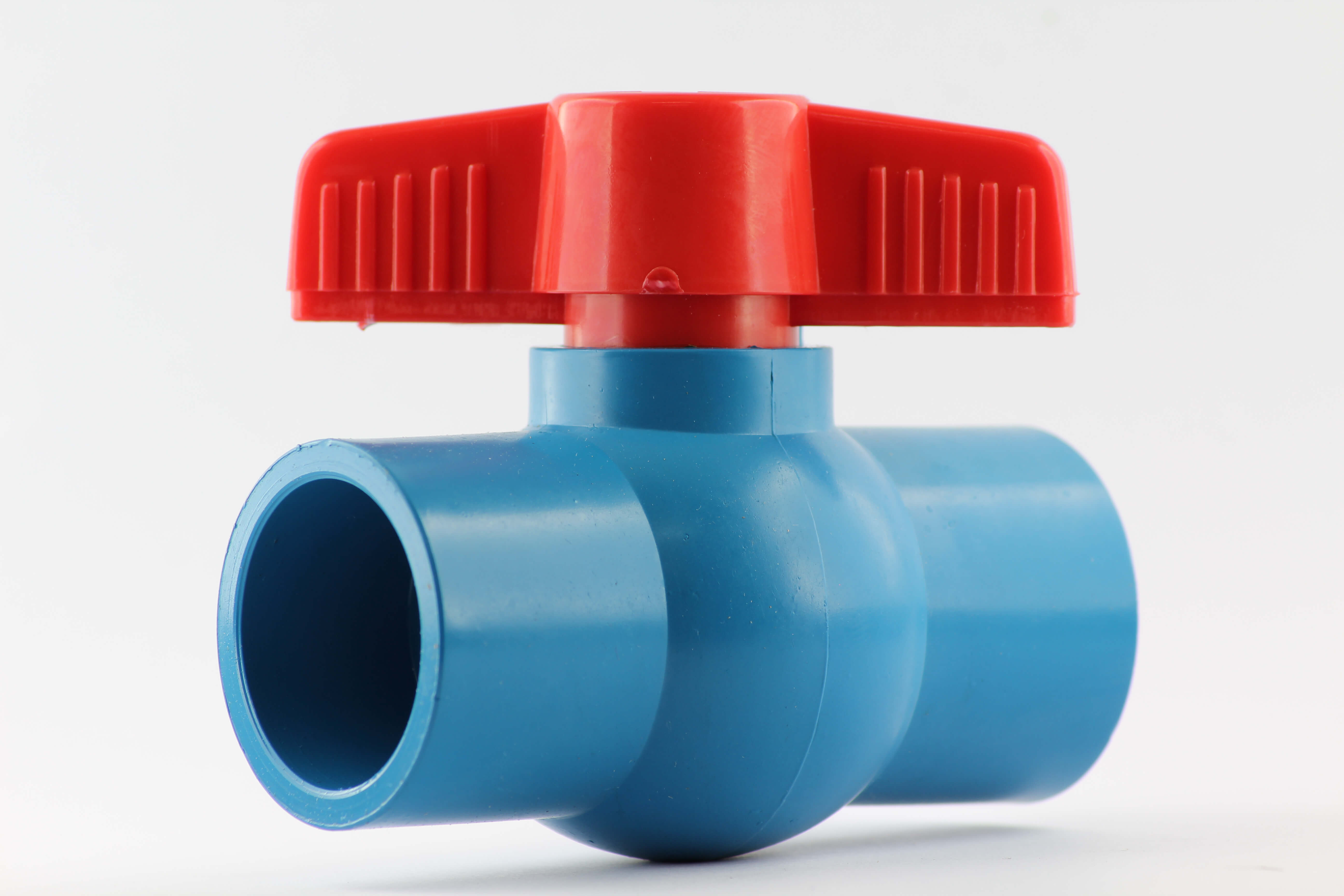And the Medal Goes to: The Advantages and Disadvantages of Plastic Valves
 Plastic valves have become increasingly popular for certain media and applications. And while CPV doesn’t manufacture plastic valves—they lack particular qualities necessary to the industries we serve—we can still discuss their advantages and disadvantages when compared to metal valves. You might think the title of this article is a spoiler if you’re fond of rhymes. Is it? You’ll need to read on to find out.
Plastic valves have become increasingly popular for certain media and applications. And while CPV doesn’t manufacture plastic valves—they lack particular qualities necessary to the industries we serve—we can still discuss their advantages and disadvantages when compared to metal valves. You might think the title of this article is a spoiler if you’re fond of rhymes. Is it? You’ll need to read on to find out.
The plastic valve industry has been around for little more than a half-‐ century. So it’s relatively new, at least when compared to the metal valve industry, which likely originated in ancient Rome. There, valves made from bronze were instrumental in the development of canal systems that were, by every account, far ahead of their time. Still, despite the short history of plastic valves, they’ve come a long way.
Grading Plastic
Not all plastic resins are created equal; they come in various grades that are more or less suited to different applications. Mention plastic valves to most people, though, and flimsy ball valves probably come to mind. You’ll find these controlling water flow to swimming pools or irrigation systems, for example. They’re generally made of PVC (polyvinyl chloride), which is the most common plastic valve material in use today.
The best PVC valves are typically rated for pressures up to 150 psi at 75° F. Their maximum safe operating temperature is 140° F, but pressure ratings will have fallen substantially with the increase in heat. A derivation of this material, chlorinated PVC, can handle temperatures up to 180° F.
PVC alternatives developed to meet higher temperature and pressure ratings include PVDF (polyvinylidene difluoride), PTFE (polytetrafluoroethylene) and PEEK (polyether ether ketone). PVDF valves can be designed to achieve pressure ratings up to 230 psi. PTFE can safely manage temperatures up to 300° F. PEEK is the winner here, rated up to 500° F. For all these materials, as temperature and pressure ratings rise, so do prices. So while PEEK is a high-‐performance polymer, it is also cost prohibitive for many applications. Metal valves, on the other hand, can perform as well as or better than PEEK at a lower cost.
Considering plastic valves’ limitations, why manufacture them at all? There are a few primary reasons end users or system engineers may choose plastic. For less critical applications, it can be inexpensive. It’s also lightweight, which means reduced shipping costs. And even for more critical applications, like the manufacturing of corrosive chemicals or semiconductors, the highest quality plastic valves approach the reliability of their metal counterparts. Plastic valves do have their niche markets.
Where Metal Shines
For nearly every application plastic valves perform well, there exist metal counterparts that perform as well or better. Metal valves have stood the test of time—for a very long time. And just as certain plastic materials have been developed to serve different applications, the same is true of metal.
CPV manufactures high-‐quality valves made from bronze (though, without the high lead content that some surmise hastened the fall of the Roman empire), brass, stainless steel and Monel (a highly corrosion-‐resistant nickel alloy). All go through extensive machining processes to ensure perfect fit and function, and lasting durability. In fact, some CPV-‐manufactured valves have remained in service for as long as plastic valves have existed. That’s pretty incredible.
With a media as innocuous as water, some might be attracted to plastic valves for their lower cost compared to, say, bronze or stainless steel. But even water can damage plastic valves. A pressure surge caused by the abrupt stop of flow—as when a valve shuts quickly—can cause what’s called fluid hammer. Water, being incompressible, is especially prone to this. The shockwave caused by the pressure surge could not only destroy the plastic valve, but could potentially damage the entire application.
The valves and fittings CPV manufactures are used primarily in the petrochemical, industrial gas and shipbuilding industries. In fact, every US Navy surface vessel and submarine has been outfitted with CPV components. These industries rely on our highly engineered, expertly machined products to just work. In critical applications, failure is not an option. Some plastic valves may seem like inexpensive alternatives to their metal counterparts. But take into account the long-‐term reliability of quality metal valves and fittings, and the total cost of ownership is in metal’s favor nearly every time.
Long Story Short
Metal valves are adaptable, strong, dependable and suitable for more applications than plastic valves. So, let’s finish where we started off.
And the medal goes to…metal.

